Description
It’s… a USB charger… booooring
unless
…. it’s a good one!
So the specification is a very, very common listing:
- 90 to 264V AC in at 50Hz or 60Hz
- Max. input current 0.3A
- Output: 5V @ 2000mA max.
- Line regulation ± 1%
- Load regulation ± 5%
- High efficiency >78%
- Low standby power consumption (<0.075W)
- Over current and short circuit protection
- Meets all the requisite regulatory standards(*)
- Passed our internal testing with flying colors
It’s a perfect match for our PGCPSU boards and our “the good one” USB cables!
But wait! There’s an actual difference:
We have this power supply made to our specification. This allows us to ask for some small improvements over “off-the-mill” power supplies you’ll find elsewhere. As the base power supply we got for evaluation was already good, we just had them swap the capacitors for higher quality (long life and low ESR) ones. Additionally we had them populate the second output cap (total 2000uF).
The higher output capacitance is super useful for electronic DIY projects as it reduces load transient dropouts you will see on many cheap power supplies.
The general high quality of the components gives us the confidence that this power supply will last you a long while! For anyone interested in the minute details: the rather highly stressed output capacitors are YungLi YEE series “High ripple current, low ESR” capacitors, which are rated for a 3000h load life (which equates to 12+ years in this application).
(*) it’s super sad that that’s a thing worth mentioning… but the sheer number of USB supplies we evaluated clearly taught us that there’s much room for interpretation of what is “standard compliant”. In the case of this power supply we have legit test documentations for the actual testing (EMC, insulation, mechanical) that was conducted. Furthermore the documentation is in line with our internal testing so we can confirm that this is a safe to use power supply.
Want a peek inside a properly designed USB power supply?

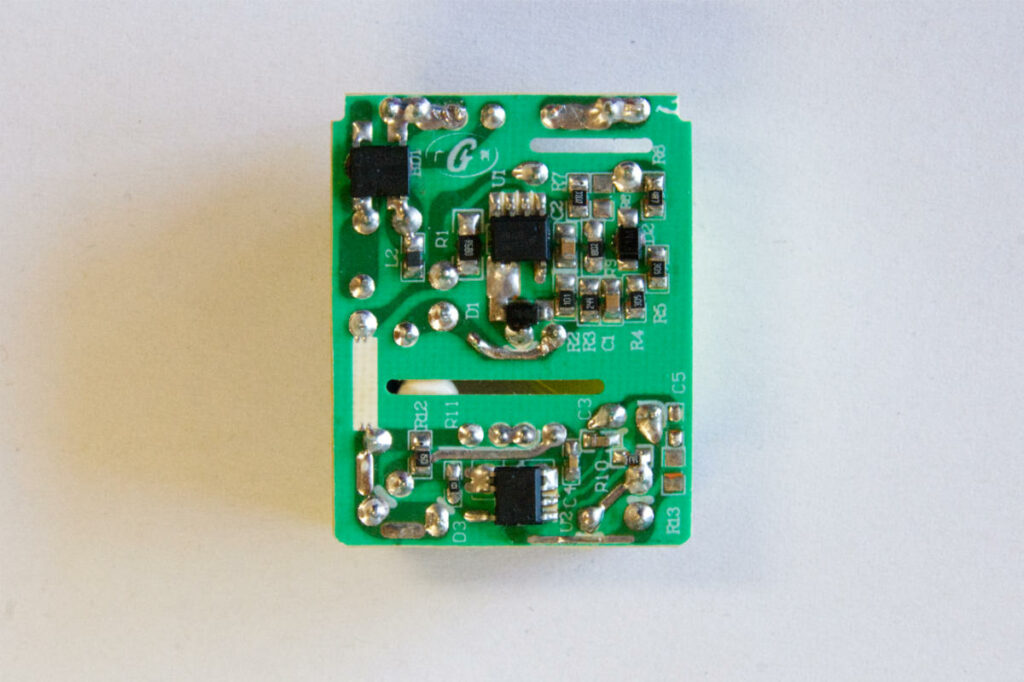
As you can clearly see, there are two output capacitors (bottom left and right of the USB connector) and proper insulation in and around the transformer (we unwound one to check for proper double insulation). Additionally there’s adequate creepage distance (that’s what the slots in the PCB are there for), clearances and all required protection features (and important things like a Class Y capacitor plus an inductor for EMI suppression and an inrush current limiting resistor).


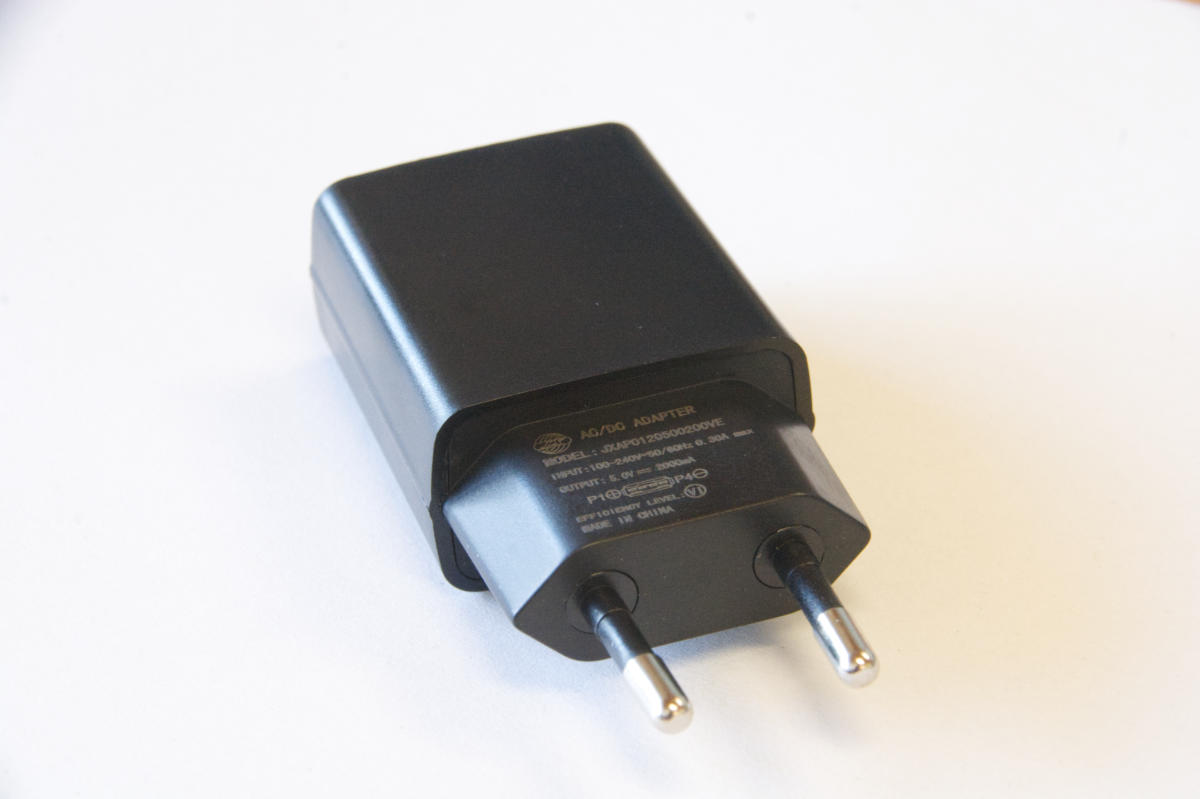
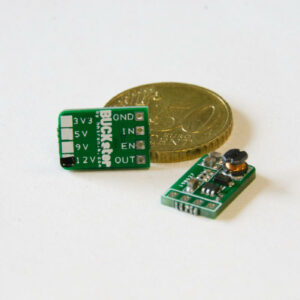
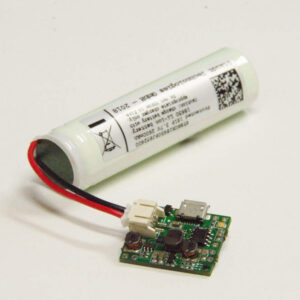
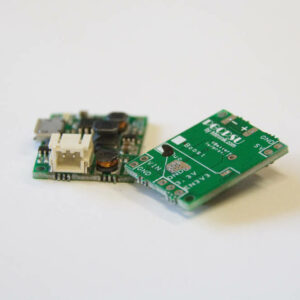
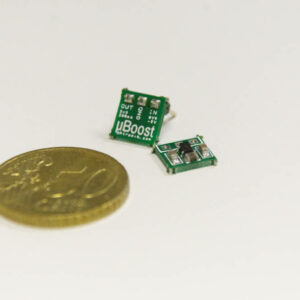
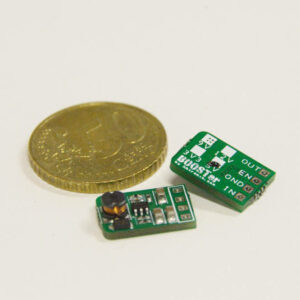
Reviews
There are no reviews yet.